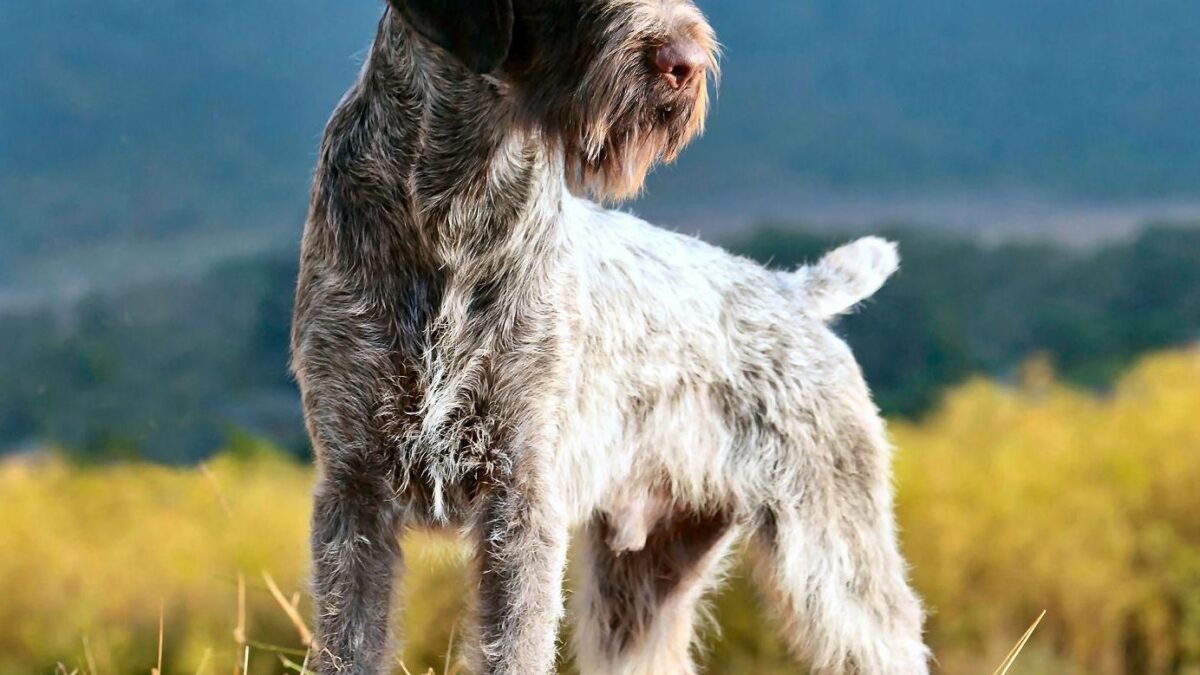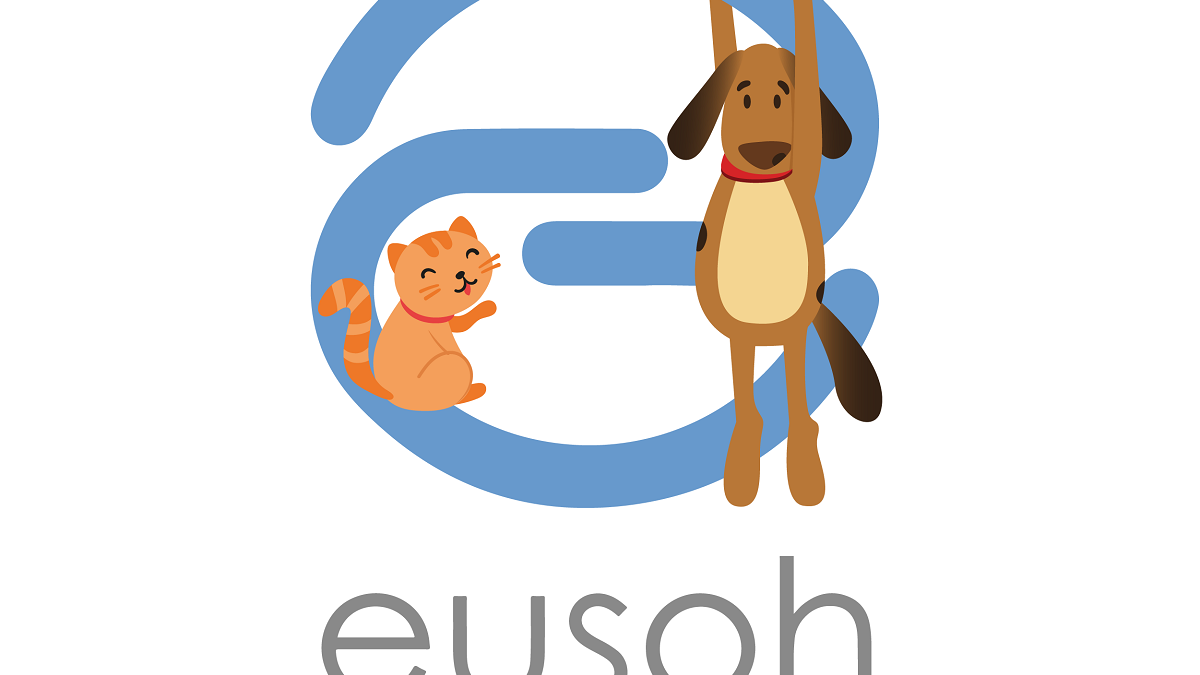
Dog Hip Dysplasia Surgery Cost How Much?!
My mom just called and told me her beloved Gabby had been diagnosed with hip dysplasia. Gabby is a German Wire Haired Pointer and weighs 80 pounds. She’s a big dog!
I knew bigger dogs had a propensity for hip trouble and it could be treated with OTC and prescription medication but this time surgery was recommended and when the subject of cost came up it was a shock.
It was time to start researching!

So, What is hip dysplasia?
A dog’s hip joint works as a ball and socket the same as almost all animals and humans. In dog’s diagnosed with hip dysplasia the ball and socket that make up the hip have not developed properly and are not functioning as they are supposed to. Instead, the ball and socket grind and rub against each other, leading to continued breakdown, pain, and eventual loss in the function of the affected hip. Not only that, your dog is in pain and if the area that hurts is bumped it may cause your reliable and calm friend to take out it’s pain on you. I speak from experience!
Hip dysplasia is most commonly seen in large breeds of dogs, although smaller breeds can also suffer from this painful joint condition and if left untreated it can drastically reduce your dog’s quality of life, as the condition causes significant pain and reduces your dog’s ability to move normally.
The Question Now is What causes hip dysplasia in dogs?
Hip dysplasia is predominantly a hereditary condition, with genetics being the leading contributor to the development of the condition. Breeds that commonly suffer from hip dysplasia include large and giant dogs although a number of smaller breeds may be susceptible.
If left untreated in the early stages, it will likely continue to worsen with age and affect both hips. It may also be compounded by other painful conditions such as osteoarthritis in senior dogs.
Even though it is an inherited condition other factors can exacerbate the issue. Poor weight management and nutrition, accelerated growth rate, and some types of exercise can all play a role in the development of the condition. The first way to combat it is weight control. Allowing your pet to become obese puts a large amount of stress on your friends joints and may aggravate pre-existing hip dysplasia or even cause the condition.
To help avoid hip dysplasia it’s important to do some research regarding the right amount of daily exercise and the most appropriate diet for their breed, age, and size.
Signs my dog might have hip dysplasia?
Every dog is different when it comes to displaying symptoms of hip dysplasia. The amazing fact that I found is the problem can start to develop when the puppy is about five months old, but it may not become apparent until your dog reaches their middle or senior years. Pet parents should watch for the following symptoms as their pooch grows into adulthood:
- Pain while exercising (or a reluctance to exercise, run, jump or climb stairs)
- Their back legs are stiff when he walks
- Stiffness when running or rising from a resting position
- Loss of muscle tone in back legs or thighs
- Grating or grinding of the joint when he moves
- Lameness in the hind end
- Decreased range of motion
Diagnosis for hip dysplasia
When you take your dog in for an examination your vet should check for signs that point to hip dysplasia. During your dog’s regular physical exams, ask your veterinarian to check on their physical health and the condition of all your dog’s joints. If you’re present in the exam, make sure your vet moves your dog’s hind legs to identify any grinding sounds, signs of pain, or reduced range of motion. If your vet suspects that your dog may have hip dysplasia, they might recommend blood tests that can indicate inflammation as a result of the disease.
Make sure to maintain a health and medical history for your dog, including a rundown of specific symptoms, and any injuries that may have caused them. Knowing your pet’s lineage can only offer insights into your dog’s likelihood of developing hip dysplasia. A proper diagnosis should consist of x-rays to diagnose the severity of your dog’s hip issue, and to chart a course of action for treatment.
What are the treatment options?
Treatment options for hip dysplasia range based on the severity of your friend’s condition. It may just be simple lifestyle changes such as diet and exercise, or more intensive treatments such as pain meds or orthopedic surgery for your dog.
The BIG question – what is the cost of hip dysplasia surgery in dogs?
Industry average dictates pet owners should expect a bare minimum of $1,700, this number can rabidly climb to well over $7,500 depending on the severity of the hip issue. Your vet should help you find the right option for you, your dog, and your budget should your canine friend require surgery. This is the time pet insurance or pet healthcare coverage would have been worth paying for when you had the chance!
My mom let me read what her vet gave her if surgical treatment is the only option left.
Femoral Head Ostectomy (FHO)
FHO can benefit both young and mature dogs. This type of surgery entails removing the femoral head (ball) of the hip joint, allowing the body to create a “false” joint, which decreases the discomfort related to hip dysplasia. Dog’s undergoing FHO are unlikely to see the return of normal hip function; however, it can be an effective method of managing pain.
Your dog’s size and age, as well as the severity of your dog’s condition will all affect the price of FHO surgery. You can expect to pay from $1,200 to $2,500 or more, including pre-surgical bloodwork, anesthesia, post-surgical care, and medications.
After the surgery, your dog will probably be required to remain in the hospital for anywhere between several hours or several days, depending on their health, and other factors. Your veterinary surgeon will provide you with specific instructions for caring for your dog after FHO surgery, but you will need to prevent your dog from doing any strenuous physical activity for at least 30 days. In most cases, you can expect your dog to completely recover in about six weeks following the operation. Once fully recovered they can resume regular physical activity.
Double or triple pelvic osteotomy (DPO/TPO)
DPO/TPO surgeries are most commonly performed in dogs under 10 months old and involve cutting the pelvic bone in specific locations then rotating the segments, resulting in an improvement of the ball and socket joint. The cost of this treatment varies but is likely to be in the range of $3,000 or more for both hips.
Following these surgeries, your pup will require several weeks of reduced activity before they’ll be able to enjoy proper leash walks again, and will need regular physical rehabilitation (physio for dogs) in order for full mobility to return (although you may notice joint stability improve within as little as four weeks). Most dogs will recover within four to six weeks after DPO/TPO surgery.
Total Hip Replacement (THR)
In many cases, total hip replacement is the best choice for the surgical treatment of hip dysplasia in dogs since it is typically the most effective. THR involves using plastic and metal implants to replace the entire hip joint, bringing hip function back to a more normal range and eliminating most hip dysplasia-related discomfort.
However, THP surgery is a drastic option and the most expensive. Most vets recommend this surgery for dogs that are experiencing considerable pain or those that have lost their mobility. The artificial components used in THR are custom-made for your pooch, and the surgery is performed by a certified veterinary surgeon. The cost of THR for hip dysplasia in dogs can be anywhere between $3,500 per hip to $7,000 or more depending on your dog’s condition, size, age, overall health, and other factors. If your dog is affected in both hips, surgery can cost roughly $14,000 or more, including pre-surgical blood work, surgery, anesthesia, and all medications.
Total hip replacement surgery usually takes about two to three hours, and your dog may need to be hospitalized for one to three days following surgery. Expect a 12-week recovery period. Even if your dog’s hip dysplasia appears in both hips, surgery may only be performed on one hip at a time, allowing between 3 – 6 months or recovery time between surgeries.
The age of the dog needs to be considered as well.
I hope when I see my mom tonight I get the good news that our precious “Gabster” does not need surgery!
The advice provided in this post is intended for informational purposes only and does not constitute medical advice from your veterinarian. For an accurate diagnosis of your pet’s condition, please make an appointment with your vet.

